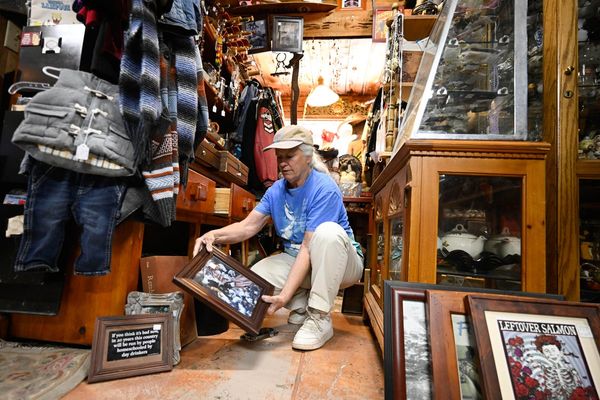
The National Park Service has restored mentions of Black abolitionist Harriet Tubman and the Underground Railroad on its website after their removal sparked backlash.
The NPS, which manages national parks, monuments and other natural, historical and recreational properties, said the changes had been done without approval.
“Changes to the Underground Railroad page on the National Park Service’s website were made without approval from NPS leadership nor Department leadership. The webpage was immediately restored to its original content,” the agency told The Independent in a statement.
The changes were first reported by The Washington Post. Some of the modifications included replacing a photo of Tubman with images of Postal Service stamps highlighting cooperation between Black and white abolitionists within the Underground Railroad. Tubman was one of the numerous faces in the replaced images.
Additionally, The Post found edits on the National Park Service’s website that appeared to downplay some of the country’s horrors, with some of the eliminated references discussing slavery.
Information on Founding Father Benjamin Franklin’s views of slavery and his ownership history of enslaved people was taken down, as were mentions of Declaration of Independence signer Thomas Stone’s enslavement history from a website on the Stone National Historic site.

The changes reportedly occurred after officials at the Department of Interior asked top leaders to identify webpages that might need to be amended, the outlet reported, after speaking with sources who requested anonymity.
Senator Chris Van Hollen, a Democrat from Maryland, was among those who slammed the initial changes.
“Trump is trying to rewrite the history of the Underground Railroad — even diminishing its conductor, MD's own Harriet Tubman. The Underground Railroad is an important part of the American story. We cannot let him whitewash it as part of his larger effort to erase our history,” he wrote in a post on X.
After the restoration, the Underground Railroad is now referred to as “efforts of enslaved African Americans to gain their freedom by escaping bondage.” In another section, Tubman is described as one of the system’s best “conductors.”
The effort was one of many made following President Donald Trump’s inauguration.
Last month, the president signed an executive order demanding that the Smithsonian Institute rid its museums of “divisive narratives,” specifically targeting the National Museum of African American History and Culture.
Before that, the US Army Women’s Museum removed a display honoring transgender soldiers at the president’s direction.
Government entities have expressed confusion over how to implement Trump’s directives when it comes to censoring websites and museums.
In the case of the Smithsonian Institute, Trump cannot directly control the organization but can threaten to withhold federal funding. The organization closed its diversity office following an executive order stating organizations receiving federal funding could not operate Diversity, Equity and Inclusion programs.







